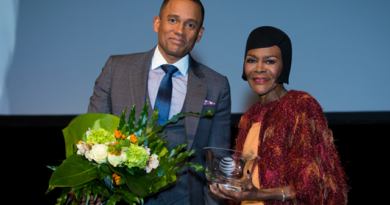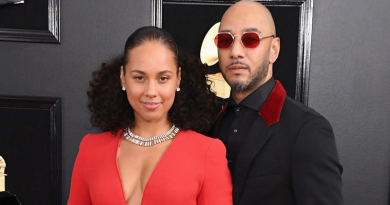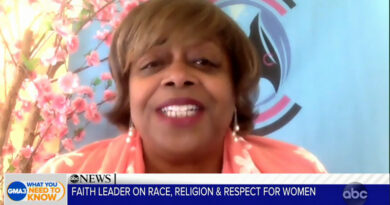In Our Cities: Photographer Tiffany Hobbs Finds Beauty in South Central LA
Courtesy of Ebony Magazine
Ice Cube. Issa Rae. Crenshaw. Russell Westbrook. Boyz in the Hood. Each of these has one thing in common, and it’s not just that they’ve been on TV. South Central Los Angeles has been sung about in songs, depicted in films, and it’s one of the backdrops of HBO’s newest hits, Insecure. Despite its diversity and massive size—it encompasses 25 neighborhoods and 51 square miles—South Central has become one of Los Angeles’ most infamous hoods.
But to me, it’s home.
Growing up, South Central wasn’t the gang-riddled neighborhood shown on film, it was a community full of hard-working, creative, and resilient individuals. Yes, the colors of your clothes often mattered, and the “ghetto bird,” or police helicopter, was a constant presence in the sky. But South Central was also home to the some of the best barbecue, drum circles, and semi-pro basketball leagues this side of Mississippi. It was a place of dignity and beauty, and it’s the primary muse of photographer Tiffany Hobbs’ work.
Hobbs, a self-described writer, poet, and occasional rapper, moved back to South Central after living in the neighboring city of Gardena. The decision ran counter to that of many Black Angelenos who’ve been fleeing the city to cheaper areas. In fact, more than 100,000 Black residents have left L.A. county since the 1980s, many moving to Texas, Georgia, and other parts of the South. But Hobbs remains, even as rapid gentrification threatens once-thriving Black areas like Leimert Park, she captures it all.
How long have you been taking photos?
Tiffany Hobbs: I’ve been a photographer since my mom put a Polaroid camera in my hands at 3. I’ve had my own photography business for four years.
When did you start documenting South Central L.A.? Why?
Hobbs: I’ve always considered South Central to be one of the most beautiful places in the country. It’s lively. Rooted. Sure of itself. Colorful. And equally as triumphant as it is pained. I moved back to South Central in 2011 and it’s been go-time ever since with capturing its essence.
What do you love most about South Central?
Hobbs: The people. The people who have always been here. The grandmothers at the corner store. The mothers and fathers fixing things and lives to keep us going. The stories. The truths. The people who have chosen to stay here despite the many efforts to force them out. The Blackness. The brown-ness. The attitude. The trees, even though the city keeps cutting them down. The trees we keep planting below and above ground. The seeds of it all.
What do you wish people knew about it?
Hobbs: South Central Los Angeles is not a charity case, nor is it to be colonized, fetishized, appropriated or commodified. This is our home. Respect us and leave us be.
What’s the biggest challenge facing South Central, in your opinion?
Hobbs: Gentrification.
How would you describe Black Los Angeles?
Hobbs: Dynamic.


